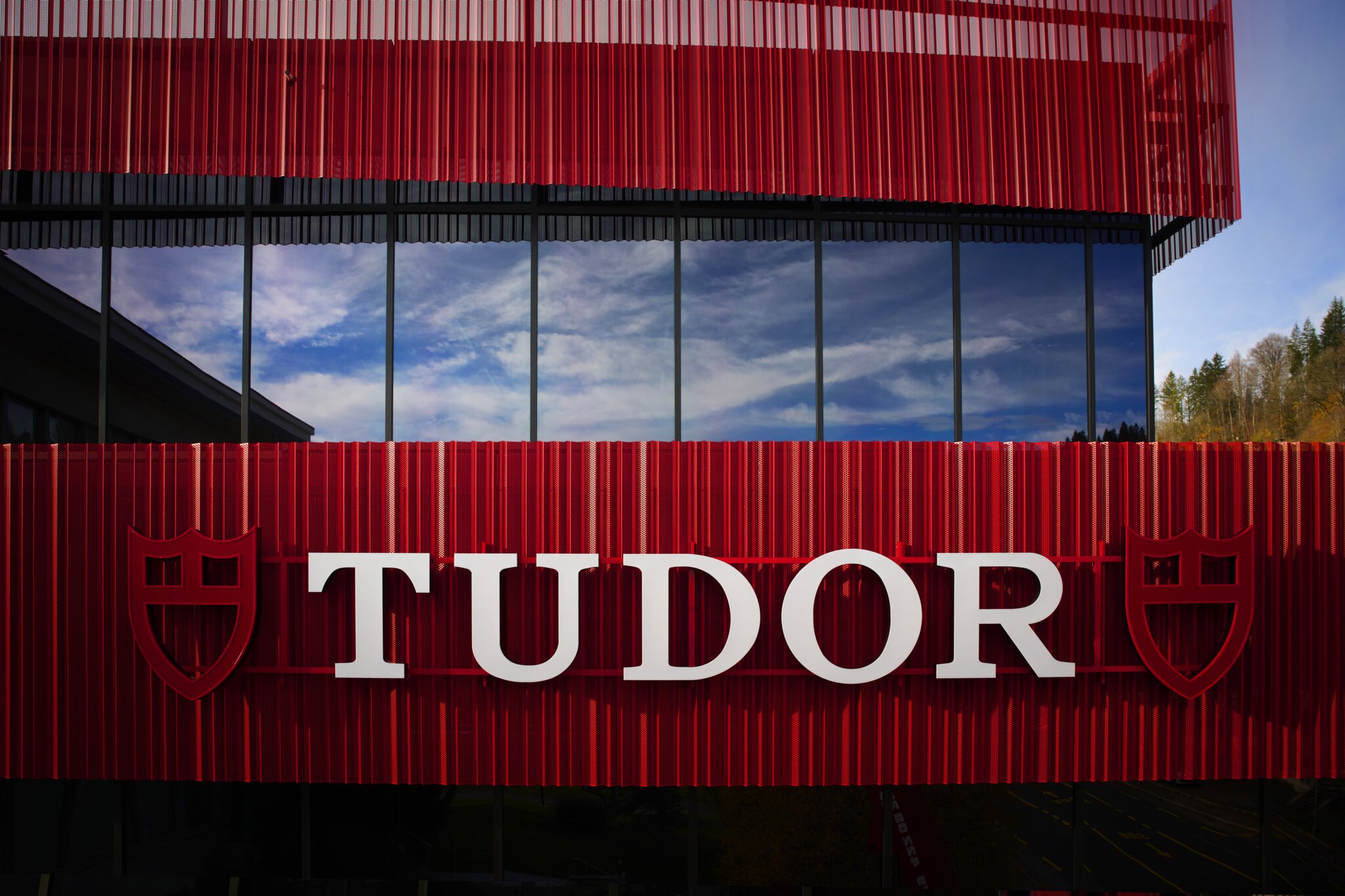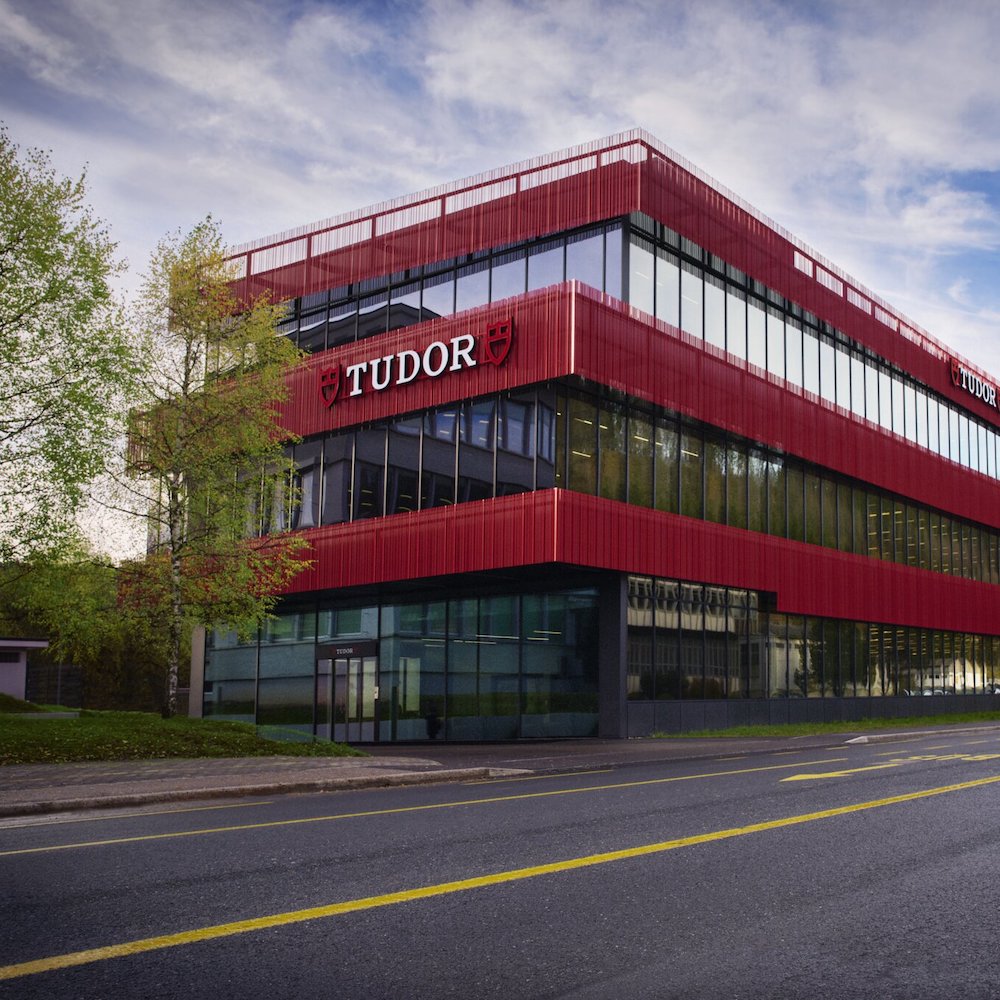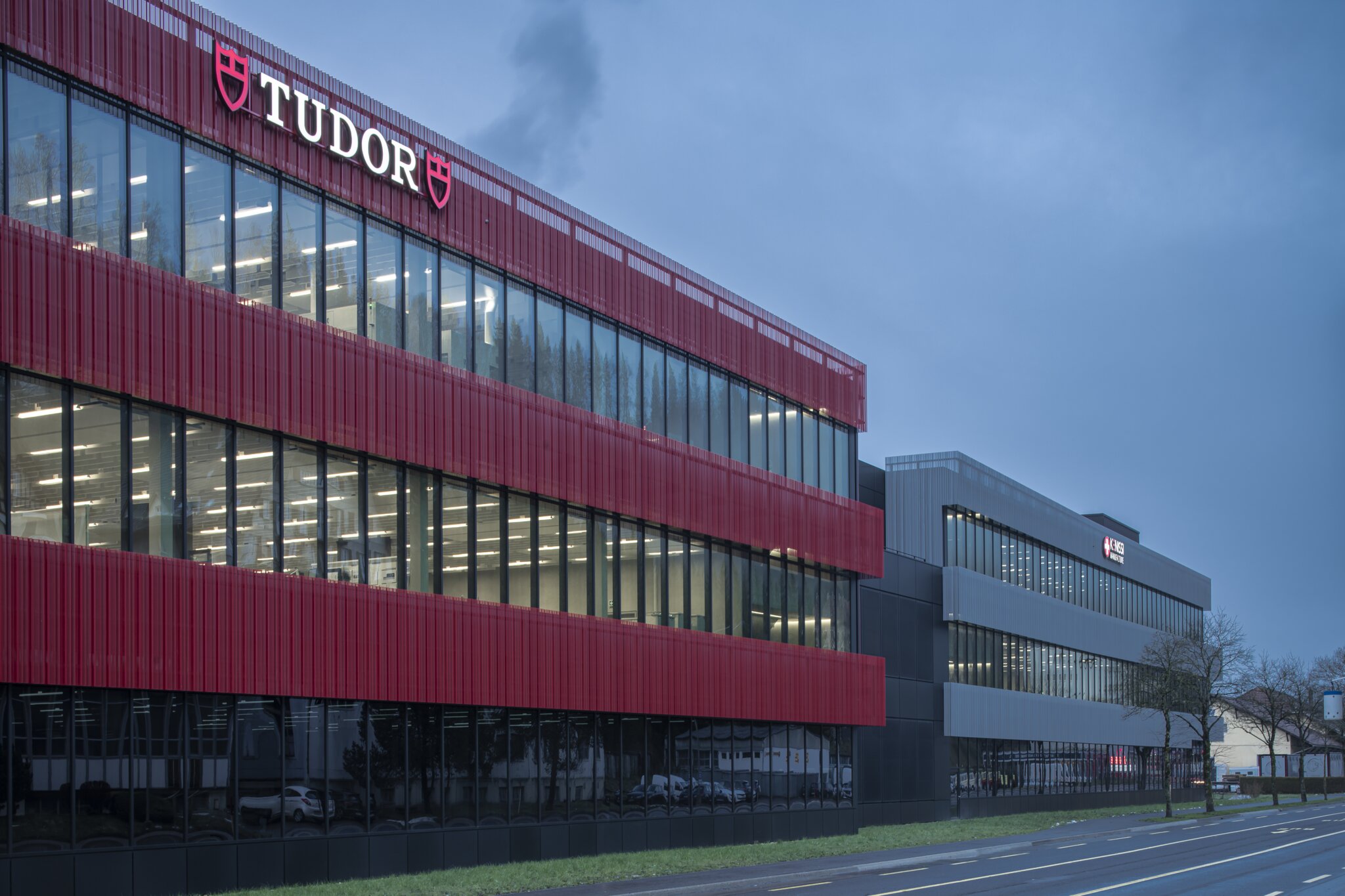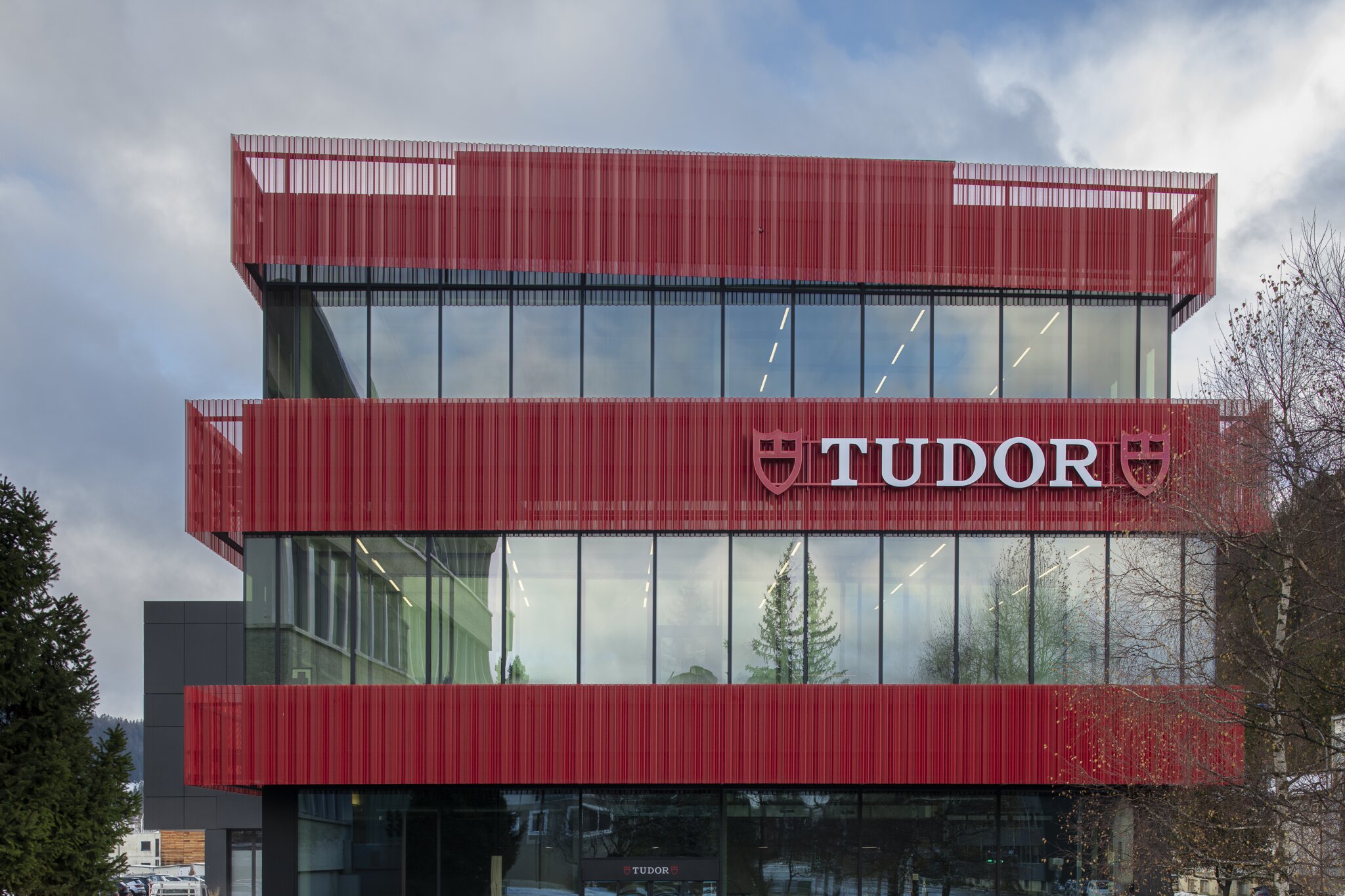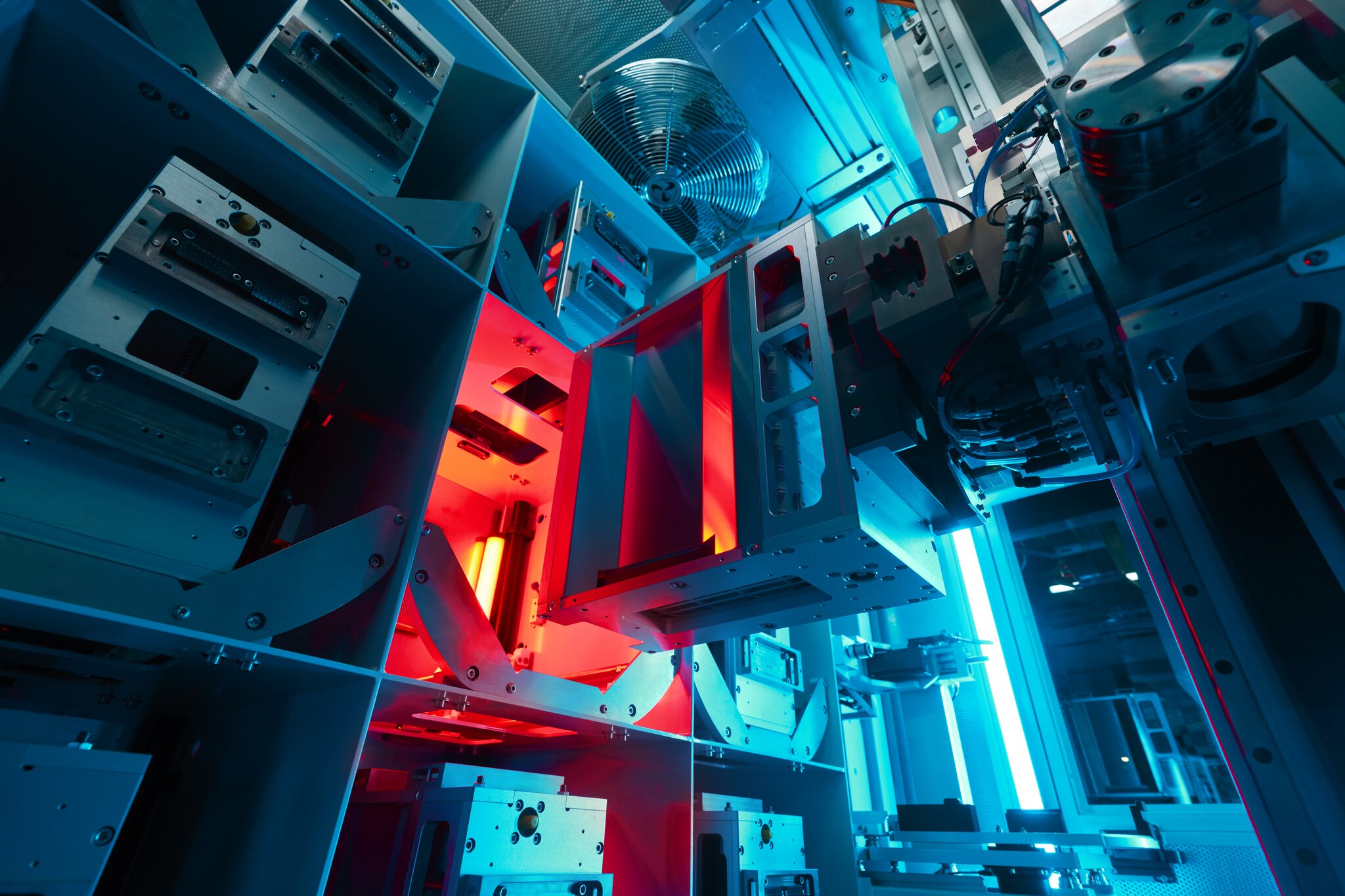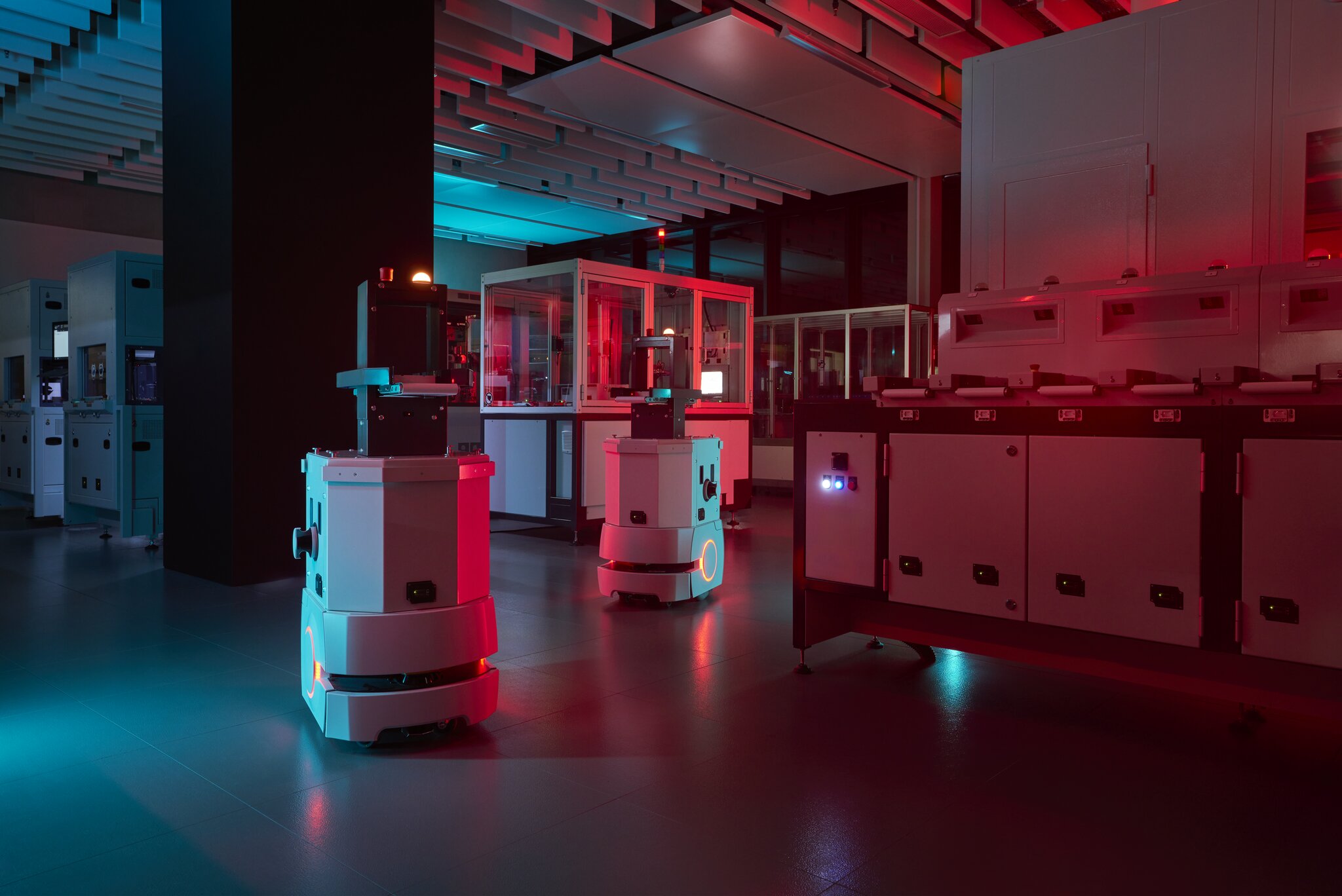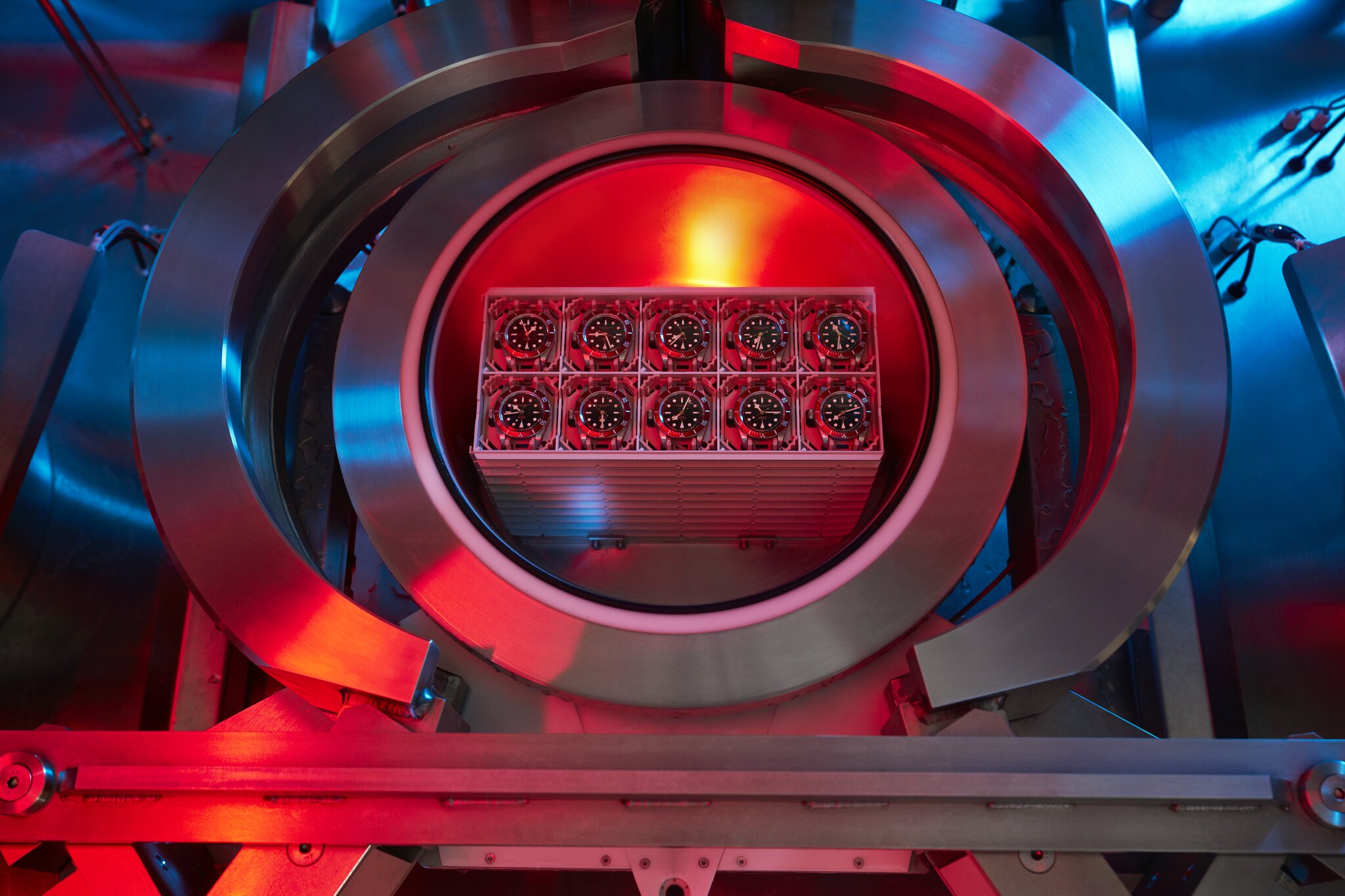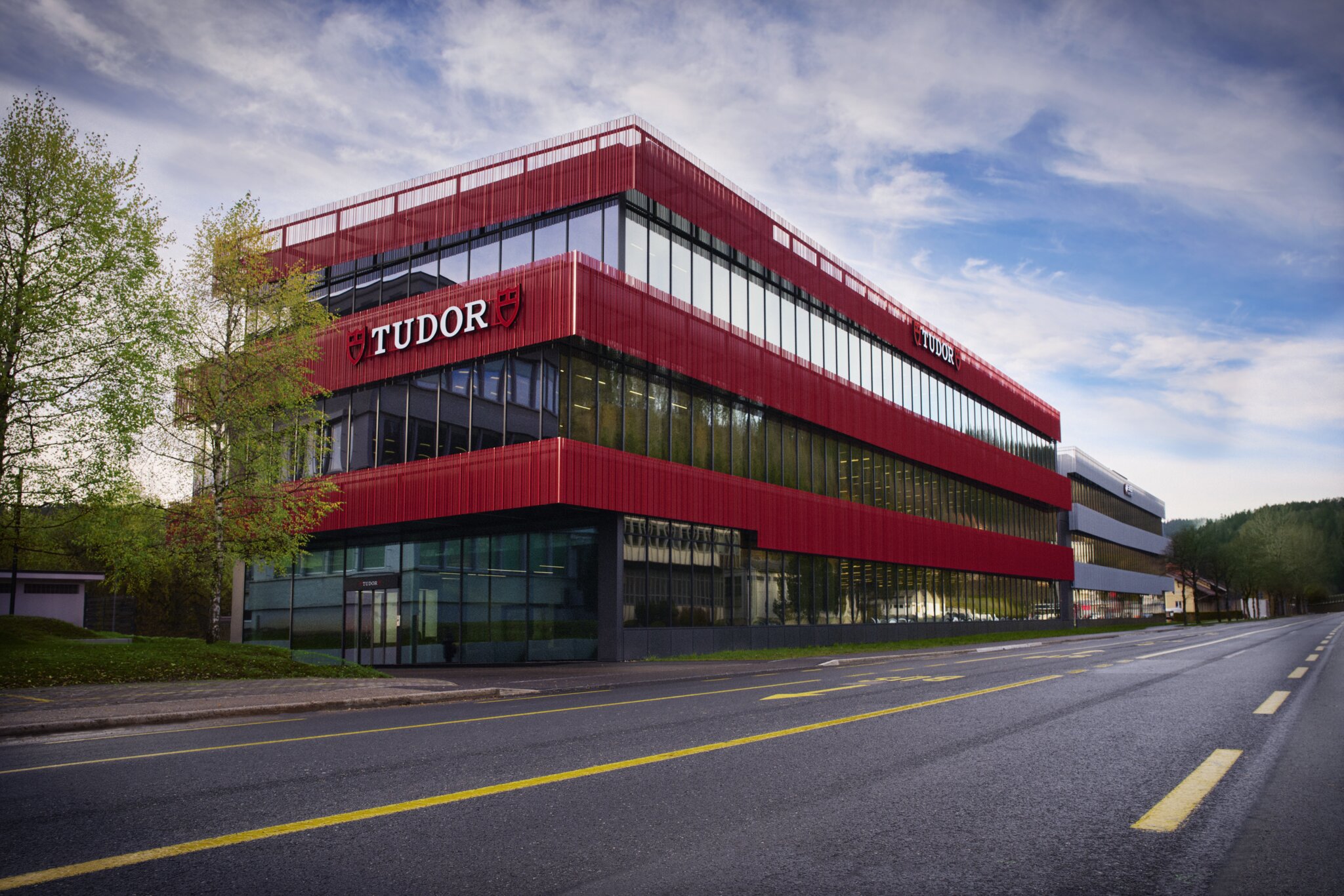The secrets behind the Tudor manufacture
Russell SheldrakeThere was a lot of noise created around Tudor’s new manufacturing centre that was officially opened last year just before Watches & Wonders. And that was for a good reason, it ushered in a new era for the brand that has found itself the darling of collectors around the world, as it opened its doors to the world’s media to display how it has prioritised efficiency, productivity and automation above all else.
Split in half, red on one side and grey on the other, we are only going to be talking about the red, Tudor side here and not the Kenissi grey side. The new Tudor building is where all Tudor watches are assembled, tested and sent out to retailers around the world, while the Kenissi building holds the movement manufacture, the provides movements to Tudor next door as well as a whole host of brands such as TAG Heuer and Chanel.
While there were plenty of articles and videos produced at the time of the official launch, we have since found out some more, previously unknown facts about the red-clad building out in Le Locle.
It has already been widely reported that the manufacturing centre started construction in 2018 and finished in 2021, but what hasn’t been shared yet, is that the land on which it sits has been owned by Rolex for a rather long time. In fact, on the same plot, there is a small Rolex manufacturing centre that has been there since the 1970s.
Besides this small, still functioning, Rolex building, the main feature of this land was the Bied River, which runs right alongside and bleeds in through an area of swamp land. Unless you are a large, green orge, building on a swamp is not normally a good idea, so Tudor had to find a way to literally drain the swamp. In order to achieve this, some clever gardening was employed to divert a section of the Bied River and dry up the section of swamp.
While that went a long way to making the brand’s plans feasible, it was not the only measure taken to ensure a strong foundation. A total of 330 concrete poles, all measuring 30m, were driven into the ground to ensure this new project would stay standing and not slowly sink into the mud. Paired with the swimming pool-like concrete liner, the entire building is fully protected from the fresh, Swiss water that runs past, metres away.
Inside this water-tight container is a host of fully automated systems. While there is still this misconception that all Swiss watches are created by hands that have been trained for decades, Tudor is surprisingly transparent when it comes to the amount of robotics, automation, and machinery involved in the production of its watches.
What does this mean for the average Tudor consumer? Far shorter lead times when it comes to the latest Tudor products. In fact, last year at the release of the brand’s new products at Watches & Wonders, they were available for purchase at the Geneva boutique the very same day. No other brand was able to offer this level of immediacy, and it is something that makes the Rolex sister company stand out from the pack, especially when you consider the famous waitlists attached to its sibling.
Thanks to these systems, the manufacture can run certain functions 24/7, while the 150 humans working there are only carrying out roles where they can add real value. One of the tasks that is carried out around the clock is the METAS testing which is overseen and facilitated by two charming robots named Wall-E 1 and Wall-E 2. These motorised machines are constantly going back and forth delivering watches to the testing facilities, or retrieving them afterward. Able to navigate the various equipment, these two robots are the very lubricant that keeps this department running, allowing each Tudor to be fully tested in the most efficient way possible.
Alongside these two small robots, there is a system of nematic tube-like conveyor belts that run through the entire building and link each workstation to the other. This allows parts and semi-completed watches to move seamlessly around the manufacture to get from one fully trained pair of hands to another almost instantly. While each workstation is laid out the exact same, and each member of staff is trained to carry out all tasks in the process, not everyone will be doing the same job at the same time. So teams will rotate around so everyone will cover each role at some point, and if there is ever any shortage, it’s easy for someone to jump in and help.
To help these 150 watch technicians work, Tudor has taken a rather green leaf out of Rolex’s book and has utilised the iconic green glass that covers the Rolex building in Geneva as it is electrochromatic, meaning that the light inside is kept at the ideal level to ensure perfect visibility. So while no more Rolex parts mark it on to Tudor watches, there is still some Rolex technology helping out the production.
While the manufacture totals over 5,500m², not all of it is being utilised right now. Typical of a Rolex brand, Tudor has built for the future leaving an entire swathe of the building empty, ready to be filled when they need to either up production or diversify into new areas. After all, they went to great lengths to build this manufacture, I can’t imagine they want to embark on another similar project any time soon if they don’t have to.




